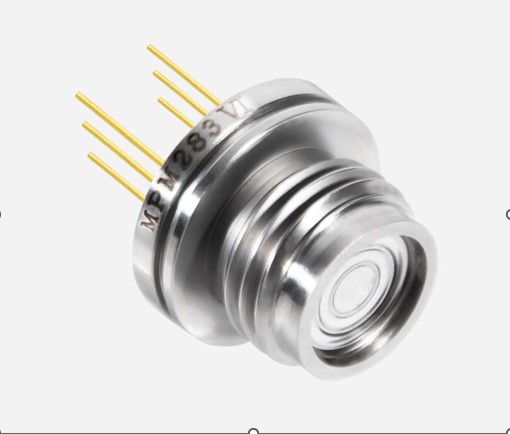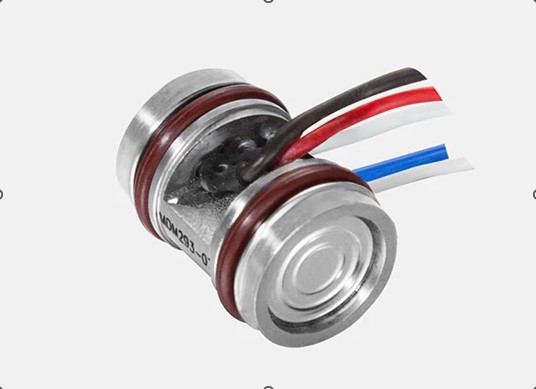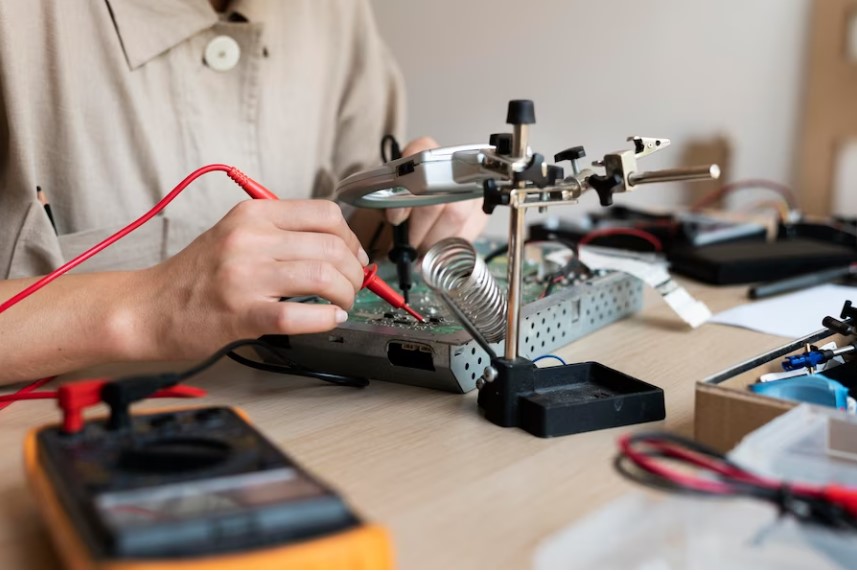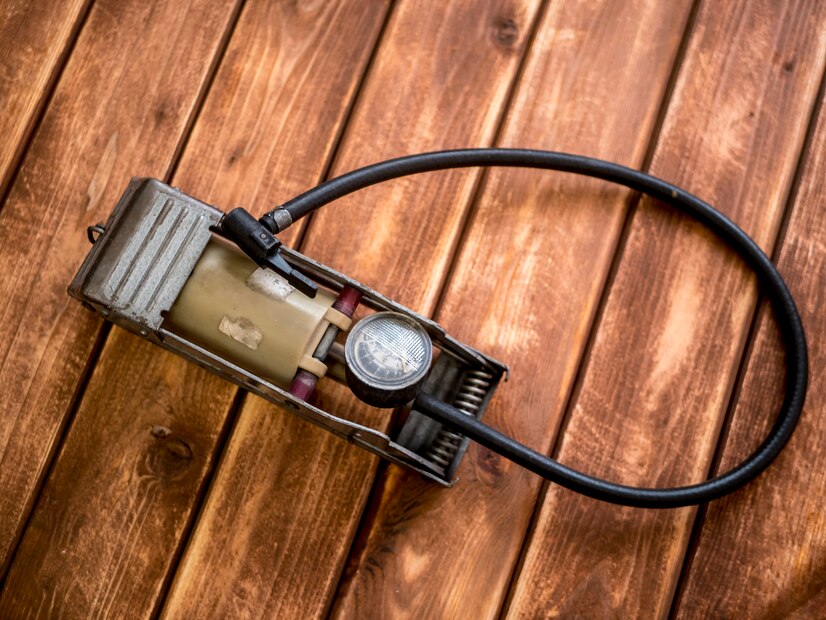Why Choose Microsensor Pressure Sensors?
09 February 2023
4 Mins Read

toc impalement
The pressure sensor is an essential device for measuring the pressure of gases or liquids. Only with the right sensor for the job can you ensure that your system will function as designed for the duration of its design life, with no compromises in safety or performance.
Modern pressure sensors from MicroSensor are more precise and reliable. They also come in a variety of ranges (0.07 bar -1000 bar) and are available in a wide variety of materials, (SS316L, Titanium, Tantalum, Hastelloy C, and more).
These pressure sensors perform efficiently throughout their lifespan, even when subjected to severe conditions such as high heat, low humidity, and high or low levels of vibration. There are a few main types of pressure sensors, small-size pressure sensors, etc.
You can use MicroSensor pressure sensors in more than one application or industry, but there are still some distinguishing features to look for when selecting one for your operation. Read on for more information on these pressure sensors.
How To Choose A Pressure Sensor

- Pressure Sensor Range – Choosing your pressure sensor design based on its pressure range is a very straightforward approach. Most of the time, you might choose a pressure sensor based on a set range of acceptable application pressure ranges. A decrease in measurement accuracy or even component failure may result from sudden shifts in density or pressure. To avoid this problem, you should choose a sensor with a wider pressure range from our broad spectrum
- Operating temperature – It’s also vital to keep in mind the operating temperature. The normal temperature range for most sensors is 25 °C to 100 °C while different mode pressure sensor has specific operating temperature range. After that point, you’ll need to upgrade to sensors that can handle higher or lower temperatures.
- Process Conditions of Application – It’s crucial to think about the corrosive impacts your pressure sensor might be exposed to in operation before making any component For instance, in the lab, you should wet your seals to prevent solvent corrosion. Also, the sensitive electronics inside a pressure sensor require careful care. Damage to transmitters caused by corrosive process medium can cause a loss of measurement accuracy and an increase in the likelihood of untimely system failures.
- Materials – You should select sensor housing and wetted materials with consideration for the nature of the process medium you intend to use. The use of unsuitable materials can result in early instrument failure, inaccurate readings, or both. Pressure sensors designed for high-pressure hydrogen applications are vastly different from those designed for ultra-low differential pressure applications. If you need assistance determining which MicroSensor pressure sensor will serve your process needs best, we are ready to help!
Read Also: Five Things to Consider When Starting an HVAC Business
Benefits Of The Different Types Of Pressure Sensors By Microsensors

1. Basic Piezoresistive Pressure Sensors
MicroSensor piezoresistive pressure sensors are designed to monitor the pressure in a wide variety of liquids and fluids. The mV-output signal is wide temperature adjusted and produced by a pressure sensor.
Pressure can be anywhere from 70 millibars to 1000 bars or 1 to 14500 psi. These standard piezoresistive sensors are very adaptable in terms of material, construction, pressure port, etc.
2. Small Size Pressure Sensors
To measure pressure in applications where space is limited, compact pressure sensors are an excellent option. The diameter of the pressure sensor can be anywhere from 12.6mm to 19.0mm, and its height can be as low as 6.5mm.
For measuring pressure in media that is suitable with stainless steel and Viton, but has limited installation space, the compact and lightweight pressure sensor is a popular choice.
3. Anti-Corrosive Pressure Sensors

MicroSensor’s anti-corrosion pressure sensors are made for use with aggressive media such as corrosive liquids and gases. Tantalum, Titanium, Hastelloy C, and stainless steel 316L are all viable materials for the pressure sensor diaphragm, making it possible to use the sensor in saltwater or with corrosive media such as stress corrosion, alkalis, chlorides, vitriol, nitric acid, etc.
4. Differential Pressure Sensors
The OEM silicon pressure sensor operates on the piezoresistive principle and measures differential pressures from 350 bar to 35 bar. Temperature compensation for the outside resistors is optional, and all welding structures are doable for a wide range of fluid media.
Sensors that measure differential pressure have several potential applications in industrial process control and beyond.
Take Away
It is crucial to have a thorough understanding of your system’s application and performance needs before making a pressure sensor purchase. As a result, not only will the pressure be measured accurately, but the pressure sensor’s lifespan will be extended.
There is a wide variety of sensors available from MicroSensor to customers all around the world. Contact us today if you need help deciding on the right pressure sensor for your application.
Additionals:


















Comments Are Closed For This Article